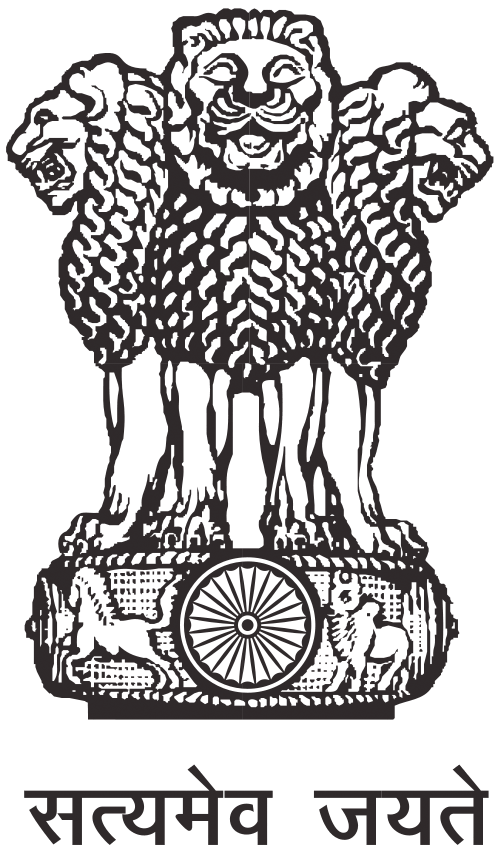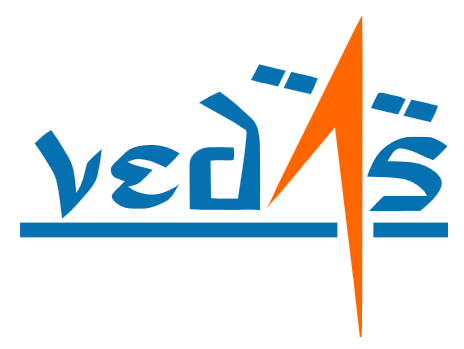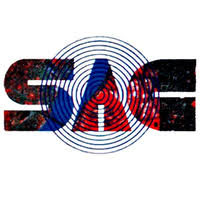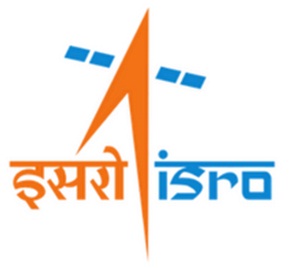Research Areas
Following section gives broad spectrum of topics for consideration of research. The problems need to be addressed using predominantly Indian sensor data and products such as RISAT (RADAR Imaging Satellite), AWiFS (Advanced Wide Field Sensors), LISS (Linear Imaging and Self Scanning) and INSAT CCD (Charged Couple Device) data. Other Indian sensor data are also available. The technique development and modeling are expected from the candidates. The research topic would be chosen by the students in consultation with the research committee of SAC and participating agency through discussions/interactions. However, some of the topics suggested below would provide broad directions to the potential trainees on the broader issues which may be sharpened to begin with. A tentative list of possible (but not restricted to) research problems under various themes are listed below:
Agriculture Ecosystems- Crop type/varietal discrimination (especially kharif crops e.g., pulse crop vs. cereal crop using RISAT data)-automated extraction techniques
- Crop stage discrimination (vegetative vs reproductive)
- Biophysical properties (e.g., LAI, biomass, yield, density) retrieval
- Biochemical properties assessment
- Disease and stress (e.g., insect infestation, drought, nitrogen deficiency)
- Net primary productivity and crop residue studies
- Soil fertility (organic carbon, nitrogen) and variability assessment techniques
- Discrimination of horticultural crops and spectral library development
- Discrimination of crops with native and invasive weed species
- Discrimination of Vegetable and fruit crops
- Cropping pattern/system extraction technique development-automated techniques.
- Physical water quality parameters such as transparency, turbidity, suspended sediment concentration
- Biological characteristics like chlorophyll concentration
- Vegetation type/species and density discrimination.
- Wetland spread and seasonal variability- Automated extraction using RISAT and/or optical data
- Discrimination of mangroves at genus/ species level and modelling of floristic composition and productivity modeling.
- Discerning wet soils (mudflats) of different inundation levels within mangrove ecosystems
- Assessment of health, carbon dynamics/ physiological status of mangroves
- Techniques of Submerged Macrophytes/Macroalgae discrimination of coralreef.
- Habitat discrimination into benthic and litho-substrate zones
- Water column characterization and depth estimation
- Species / Community level mapping of forests –automated techniques
- Identification of physiologically quantitative vegetation stresses
- Development of fuel moisture index for fire risk modeling
- Understanding flowering phenology, and development of plant functional types
- Automatic Methods of alpine treeline extraction
- Modeling and retrieval of ecological parameters
- Algorithm development for forest fire detection
- Discriminating surface minerals/rock types with multi/temporal data.
- The effect of weathering and soil on the spectral behavior of rock types.
- Geological mapping techniques.
- Mineral exploration/identification of mineral prognostic zones with multisensory data.
- Mineral resources, surface geochemistry, hydro-thermal diagnostics and potential exploration
- Spectral characteristics of snow in different Himalayan environments
- Techniques to retrieve the snow grain size and their rate of growth
- Techniques to estimate snow density
- Automated methods of snow type mapping
- The snow pack characteristics on albedo and snow melt estimates
- Snow depth estimation over Antartica icesheet using RISAT data
- Crevasse area extraction in polar environment
- Study of Inherent optical properties (absorption, backscattering) and composition (chlorophyll –a, suspended sediments, CDOM) of coastal oceans
- Phytoplankton community structure through phytoplankton size classes and pigment composition
- Detection of harmful algal bloom, other blooms such as Trichodesmium
- Dissolved organic matter flux
- Phytoplankton physiology
- Bathymetry, bottom characterisation and benthic habitat mapping
- Bio-optical characterisation of lakes
- Spectral characteristics of snow in different Himalayan environments.
- Techniques to retrieve the snow grain size and their rate of growth.
- Techniques to estimate snow density
- Automated methods of snow type mapping
- The snow pack characteristics on albedo and snow melt estimates
- Rainfall-runoff modelling from watershed to National scales.
- Snowmelt runoff modelling in Indian Himalayan region.
- River/reservoir water level retrievals from satellite altimetry.
- Monitoring terrestrial water storage change from satellite platform.
- Satellite data based hydrological variability over India/river basins.
- River flow and flood inundation modelling.
- Development of process based and hydrological system models.
- Application of various hydrological and hydraulic models such as MIKE SHE, SWAT, HEC-HMS, HEC-RAS etc. for water balance modelling.
- Coupled hydrological and hydraulic modelling at watershed scales.
- Modelling Hydrological drought
- Hydrological impacts of climate change.
- Effects of Depleting Ground Water from satellite.
- Forest hydrological modelling.
- Remote sensing of water quality.
- Automated Feature Extraction
- 3-D City Modelling
- Smart Growth and Urban Sprawl Analysis
- Storm Water Management and Modelling
- Modelling and Simulation of Urban Growth
- Solar Energy at Urban Scale
- Urban Air Quality Modelling
- Urban Heat Islands
- Urban Disaster Management
- City Climate Change Resilienc
- Surface composition studies through orbital spectroscopy for Moon, Mars etc.
- Planetary Morphology, Structure & Tectonics through orbital high resolution stereo
- Surface Age detection for planetary bodies , esp Moon & Mars using CSFD method
- Atmospheric Optical Depth estimations for Mars
- Martian Clouds, their characterization and classification etc.
- Change detection of various dynamic surface features like sand-steraks / dunes, dark-mantle, polar ice cap etc.
- Development of correction algorithms for hyperspectral data.
- Phytoplankton composition and seasonal variations in ocean
- Trend analysis and seasonal variations in PAR and AOD
- Polarimetric Signature Analysis of RISAT-1 data
- Deriving lake ice & snow properties studies
- Estimating the Green House Gases using sensor data
- Coastal land cover and landform classes extraction
- Near shore CRZ parameters assessment
- Calibration of sensor performance
- Validation of sensor derived products
- Automated extraction of water quality parameters
- Modelling river flows and discharges in major river basins of India
- GIS based customized Apps (e.g. urban Land-use, Site Suitability, Land Resource, Watershed Development Prioritization, Environment Impact Analysis




